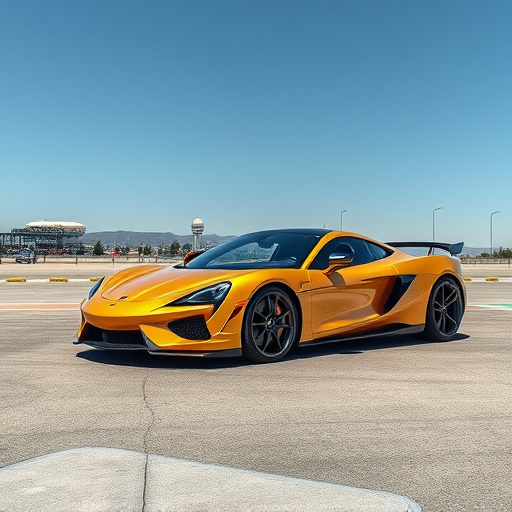The Injen SP Series air intakes stand out in the performance automotive market for their revolutionary Heat Shield Technology, which optimizes engine cooling and enhances combustion efficiency, maximizing horsepower and fuel economy. Key factors affecting heat shield performance include material choice (e.g., carbon fiber, ceramic fibers), design, environmental conditions, and proximity to heat sources. Strategically placed heat shields in Injen SP Series intakes maintain ideal intake air temperature, improving throttle response, power delivery, and overall peak performance for sporty vehicles.
Injen SP Series air intakes are renowned for their innovative heat shield technology, enhancing performance in high-performance sports cars. This article delves into the science behind these heat shields and explores the critical factors influencing their effectiveness. We’ll break down how environmental conditions, material choices, and design play a role in maintaining optimal intake temperatures, ensuring peak engine performance and efficiency for Injen SP Series air intakes sport enthusiasts.
- Understanding Heat Shield Technology in Injen SP Series Air Intakes
- Factors Affecting Heat Shield Effectiveness: A Deep Dive
- Maximizing Performance and Efficiency with Optimal Heat Shield Placement
Understanding Heat Shield Technology in Injen SP Series Air Intakes

The Injen SP Series air intakes are renowned for their innovative Heat Shield Technology, a key feature that sets them apart in the world of performance automotive parts. This technology is designed to optimize engine cooling and intake air temperature, which is crucial for maximizing horsepower and fuel efficiency in high-performance sports cars. By utilizing advanced materials, Injen has developed a heat shield that acts as a protective barrier between the engine and the incoming air stream.
The heat shield effectively reduces the temperature of the incoming air, ensuring that it reaches the engine at an optimal level. This is particularly important for sports car engines, which often operate under high-stress conditions. The SP Series’ heat shield design incorporates insulative properties that prevent heat transfer from the engine bay, allowing for a more efficient combustion process and improved overall performance. This technology not only enhances engine longevity but also contributes to better fuel economy, making it an attractive option for sport enthusiasts looking to enhance their vehicle’s capabilities without compromising reliability.
Factors Affecting Heat Shield Effectiveness: A Deep Dive

The effectiveness of a heat shield is influenced by several key factors, offering insights that are particularly relevant to enthusiasts of high-performance vehicles equipped with Injen SP Series air intakes sports. One primary consideration is the material used; advanced heat-resistant composites and refractories like carbon fiber and ceramic fibers not only withstand extreme temperatures but also minimize thermal conductivity, preserving the coolness of incoming air. The design plays a crucial role as well; intricate shapes and angles can help direct airflow, preventing hot gases from enveloping the engine bay.
Additionally, environmental conditions such as ambient temperature, humidity, and even atmospheric pressure can impact heat shield performance. Exposure to direct sunlight for extended periods can accelerate thermal degradation, underlining the importance of shading and protective coatings. Furthermore, the proximity to heat sources within the engine compartment interacts with the shield’s insulation properties, testing its limits. Understanding these factors is essential for optimal heat shield effectiveness, ensuring that components like Injen SP Series air intakes sports maintain their performance and efficiency over time.
Maximizing Performance and Efficiency with Optimal Heat Shield Placement

Maximizing Performance and Efficiency with Optimal Heat Shield Placement
In the pursuit of peak vehicle performance, especially in high-performance cars equipped with Injen SP Series air intakes, heat shield placement becomes a critical factor. Heat shields play a vital role in maintaining optimal intake air temperature, which directly impacts engine efficiency. Strategically positioning these shields ensures that cold, dense air is delivered to the engine, facilitating better combustion and enhancing overall performance. By deflecting exhaust heat away from the intake path, they prevent premature heating of the incoming air, allowing for a more efficient burn and increased horsepower.
Injen SP Series air intakes, renowned for their sportiness and efficiency, benefit immensely from careful heat shield placement. Optimizing this aspect ensures that the engine receives a steady supply of cool, crisp air, leading to improved throttle response and smoother power delivery. This strategic approach not only enhances vehicle dynamics but also ensures that the engine operates within its sweet spot, maximizing both performance and fuel efficiency on the track or road.














